How to write your risk assessment
A risk assessment is a useful tool to help employers meet their responsibility of making sure that their staff, the public and anyone else coming into contact with their site or workplace is safe and secure. Risk assessments allow employers to highlight the dangers that people may face and puts in place measures to reduce or in some cases completely remove the risks.
Risk assessments help employers to take control of risks. There is a lot of pressure and responsibility on employers to make sure all those who enter the environment they’re responsible for is safe and risk assessments are the foundation of spotting and reducing any risk.
It is also a legal requirement for any business that employs more than 5 people to hold a valid risks assessment. It is important that risk assessments are carried out and recorded thoroughly as they form the basis for health and safety policies and procedures.
What are risk assessment templates?
Risk assessment templates are an effective risk management tool. They normally come in the form of a document that breaks the full assessment down into different stages with space for you to record hazards and the people who are at risk.
Templates will also include a risk matrix – these are simply so you can record the level of risk and the likelihood of the risk happening. Once you have identified and evaluated the risks the template will direct you to record the existing control measures and any other measures that could be put in place to reduce the risks.
Do you need to use a risk template?
No, there is no requirement for an organisation to use a risk assessment template, they are simply there to help guide those who are unsure through the initial processes. You can create your own structure for carrying out and recording assessments, the templates are just there to make it easier for those who may be unsure.
Templates may help you save time and normally are structured in a way that makes it easy to record your findings and therefore easier for those in the business you’re sharing it with to understand.
What to watch out for when writing your risk assessment
If you’re using templates to write your risk assessment it is important not to copy the example answers and findings that may already be filled in.
The risk assessment needs to be your own, as every business will have slightly different risks and likelihoods. Copying a risk assessment will not only be no help for your business but it also won’t meet any of the legal requirements.
How should a risk assessment be structured?

There is no one structure fits all when it comes to producing a risk assessment, which is often why you will find varying templates for different industries. Your risk assessment will vary depending on the work you carry out, the size of your business, the materials you use and the legislation you need to comply with.
Risk assessments for new workplaces or businesses may also differ from assessments carried out in areas that have been previously assessed.
However, you will need to follow the steps below:
- Identify the hazards
- Consider who is at risk
- Evaluate risks and the actions to control them
- Record findings
- Regular review of risks assessments
How to find risk assessment templates
If you’re not sure how to structure your risk assessments or where to find the correct template for your business SMAS Worksafe can offer you guidance and support.
Our templates allow you to complete your assessments to a high standard and record findings in a clear manner. SMAS Worksafe members can download our risk assessment form via our portal. Members will also have access to various other templates to help with your business’s environmental, quality, anti-bribery and financial standing policies.
You can also download and view risk assessment templates and examples on the HSE website.
